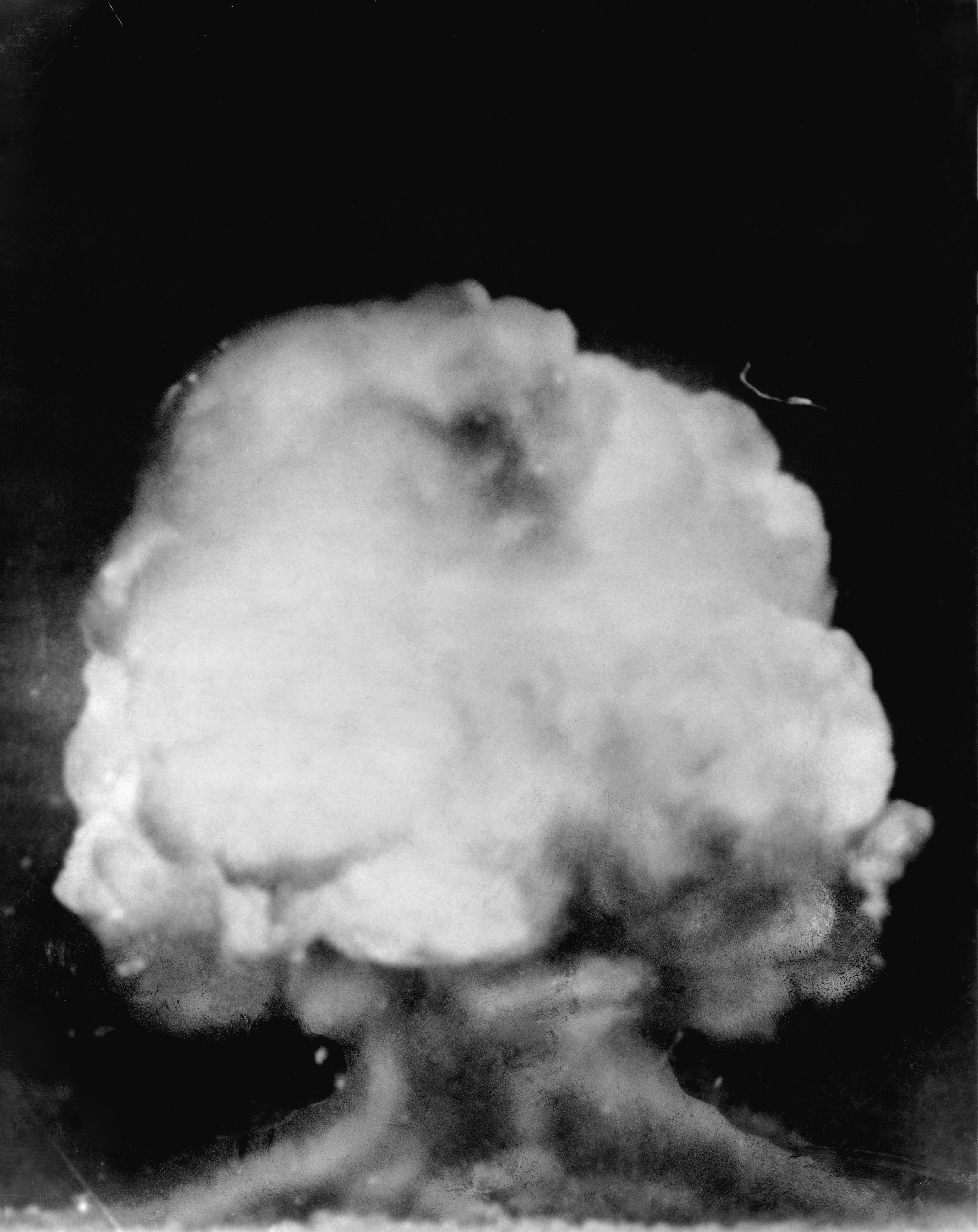Nuclear testing is the explosion of nuclear weapons for experimental purposes, rather than in a military strike. Only two nuclear weapons have ever been used in warfare. Both were dropped on Japan by the United States during World War II (1939-1945). However, governments have set off more than 2,000 nuclear weapons in tests. Such explosions have taken place in the atmosphere, underwater, underground, and in outer space. The United States and Russia (formerly the Soviet Union) have performed by far the most nuclear tests.
Nuclear explosions—especially those on or near the ground—create radioactive debris known as fallout. Fallout can drift downwind for hundreds or even thousands of miles or kilometers. High concentrations of fallout can cause cancer and other deadly health problems. Nuclear tests at higher altitudes can cause other harmful effects. Notable among them is a brief, intense surge in energy called an electromagnetic pulse (EMP). An EMP can damage or destroy unprotected electronic equipment over a wide area. Because of the extreme dangers of nuclear weapons development—and of the nuclear explosions themselves—treaties limit how and where countries can perform nuclear tests.
Purposes.
Nuclear tests help governments design new weapons and determine their effectiveness. After tests, scientists have studied the effects of nuclear explosions on living things, structures, and military equipment. Nuclear tests can also help ensure that nuclear weapons will not explode by accident, such as in an airplane crash.
Nuclear bombs have been tested as means of carving out waterways and extracting petroleum. Scientists also developed methods of detecting underground nuclear explosions with the help of underground nuclear tests.
History.
The United States conducted the first nuclear test on July 16, 1945, near Alamogordo, New Mexico. The largest number of nuclear tests—over 900—has taken place in Nevada. The Soviet Union staged nearly 500 nuclear tests in Kazakhstan. It also staged over 100 tests on the arctic islands of Novaya Zemlya.
On Oct. 30, 1961, the Soviet Union set off the largest nuclear bomb in history over Novaya Zemlya. It was nicknamed the “tsar bomba” (king of bombs). Its explosive force was about 50 megatons. That amount is the equivalent of 50 million tons of TNT. The explosion was about 3,800 times more powerful than the 13-kiloton bomb dropped on Hiroshima, Japan, in 1945.

In 1963, the Soviet Union, the United Kingdom, and the United States signed the Limited Test Ban Treaty. The treaty outlawed nuclear tests above ground, underwater, and in outer space. These three countries, along with France and China, have observed self-imposed bans on all nuclear testing since the early to middle 1990’s.
In 1990, the U.S. Congress passed the Radiation Exposure Compensation Act. It offered an apology and monetary compensation to thousands of people in several states injured by fallout from testing in Nevada during the 1950’s and early 1960’s.
The Comprehensive Nuclear-Test-Ban Treaty of 1996 bans all nuclear explosions everywhere. But it lacks force because eight nuclear-capable countries, including the United States, have not yet approved it.
